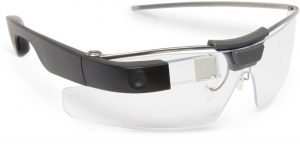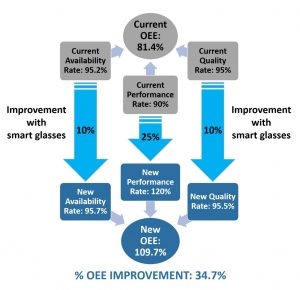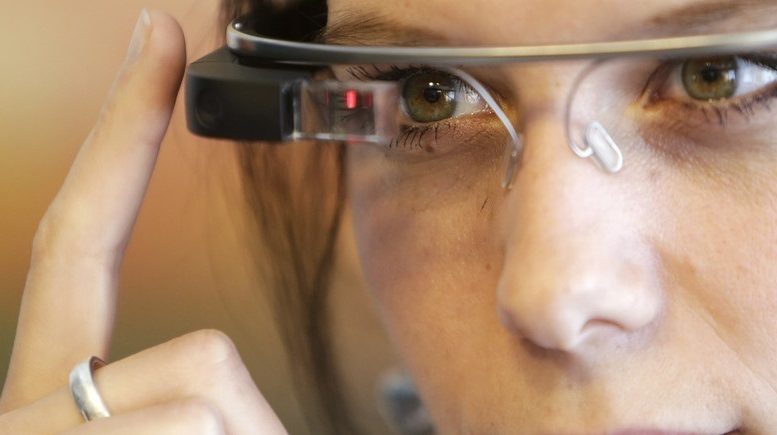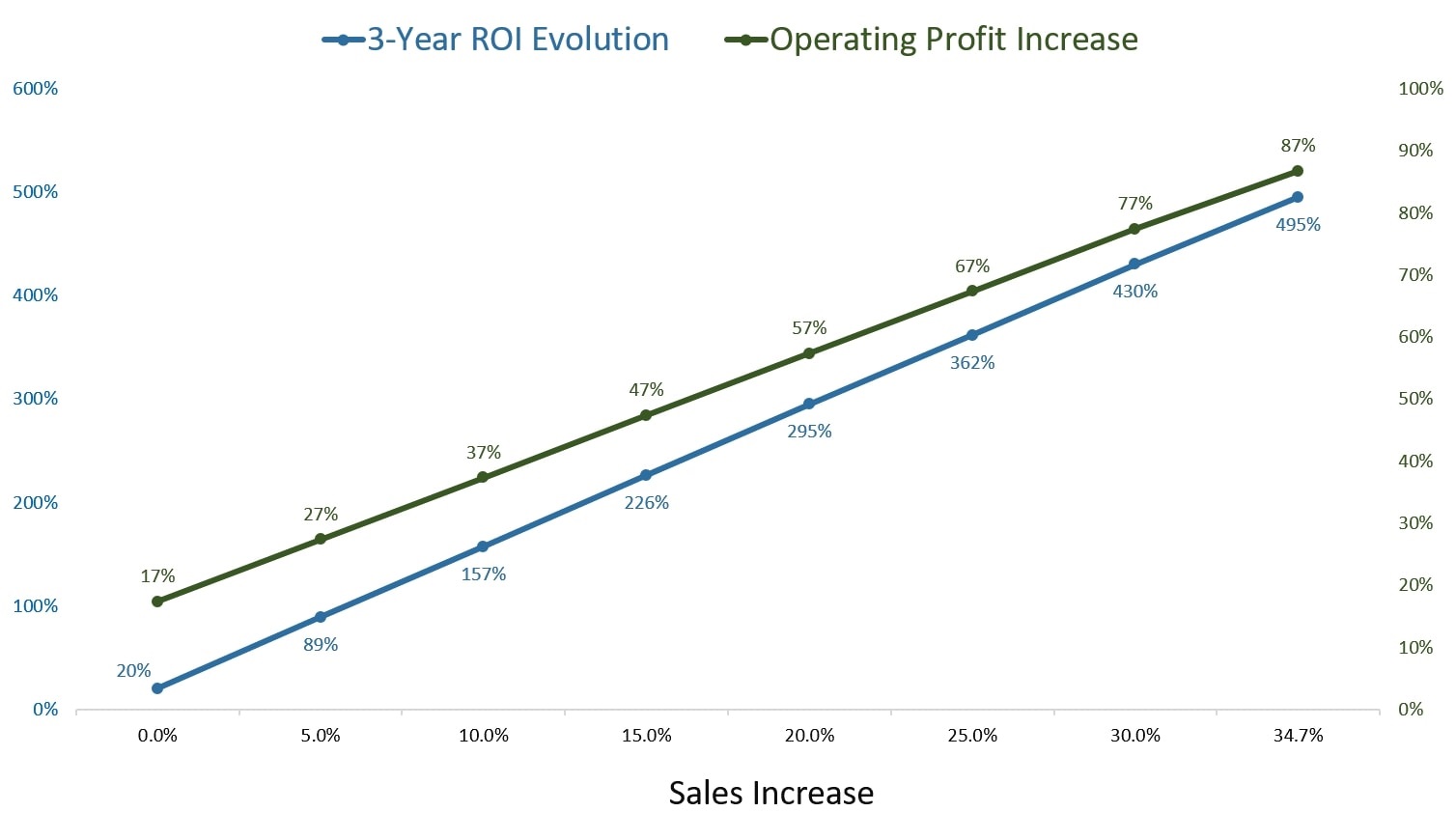 Smart glasses, and “augmented reality” solutions (AR), offer a wide range of benefits that accrue over time. Of course, implementing any new technology requires a significant investment in money and resources. That’s why it’s critical to be able to show a clear, reliable, and significant return on investment during the cost-benefit assessment. In manufacturing, the key metric driving ROI is Overall Equipment Effectiveness (OEE). The question is: how do smart glasses impact OEE – and how does that translate into ROI?
Smart glasses, and “augmented reality” solutions (AR), offer a wide range of benefits that accrue over time. Of course, implementing any new technology requires a significant investment in money and resources. That’s why it’s critical to be able to show a clear, reliable, and significant return on investment during the cost-benefit assessment. In manufacturing, the key metric driving ROI is Overall Equipment Effectiveness (OEE). The question is: how do smart glasses impact OEE – and how does that translate into ROI?
As most people in manufacturing know, OEE is defined as the product of the availability, performance, and quality rates. It shows how efficiently companies are using the available capacity and provides direction on improvement opportunities. With smart glasses, complex work instructions can be presented in simple, visual, and easy to follow steps. Operators, maintenance technicians, and quality inspectors have access to relevant pictures, schematics, diagrams, tables, checklists, images and videos – right in their line of sight, and even voice-controlled. They can record values, text, audio, photos, and video while doing the work, and send followup action items to support functions, all while keeping their hands free.
 The availability rate is positively impacted by, for example, the higher speed and quality of the maintenance technicians’ repair tasks.
The availability rate is positively impacted by, for example, the higher speed and quality of the maintenance technicians’ repair tasks.
The performance rate benefits from operators doing their (assembly and other) jobs more quickly, reducing in-line rework, and resolving any issues more rapidly.
First-time-right production, thanks to step-by-step visual instructions, reduces scrap and thereby improves the quality rate.
A manufacturer, achieving a current OEE of 81.4% for a certain operation, and managing to reduce total downtime losses by 10%, total quality defects by 10%, and average cycle time by 25%, will increase his OEE for that operation by 34.7%. These very significant productivity gains, as demonstrated by early adopter companies, can either be monetized through labor reduction or by making and selling more products.
Using the productivity gains achieved to reduce labor cost will typically provide ample ROI for the smart glasses implementation. However, turning the extra capacity gained into additional sales volume can boost operating profits and ROI to much higher levels. The figure below shows how annual operating profit increases and 3yr ROI are affected by increased sales revenue that capitalizes on the increase in productivity:
Operating profit and ROI evolution versus sales increase
It is pretty rare to encounter a new technology that has such incredible impact on people’s productivity – and companies’ bottom line! – as smart glasses and augmented reality. Costs, benefits, and returns will depend on the specific situation and use case, of course. Therefore, it typically makes sense to start with a limited scope, short duration, low-risk and low-cost proof-of-concept project, to prove the actual value.
For more details on how smart glasses can improve availability, quality, and performance, feel free to download our white paper: Smart Glasses on the Shop Floor: ROI Assessment based on OEE Improvement, or reach out to us at Gemba Systems for a personalized ROI assessment.
Follow up
Would you like to try out smart glasses and experience some of their capabilities first-hand? Come and visit us at booth 189 of the upcoming South Carolina Manufacturing Conference and Expo on September 11th and 12th at the TD Convention Center in Greenville, SC. See http://scmanufacturingconference.com/ for more information.
 Alain Decartes
Alain Decartes
Director of Marketing and Business Development Gemba Systems Inc.
Alain Decartes has over three decades of global experience in communication and information technology for companies such as Unisys and Hewlett Packard. In his current role, Alain develops and executes marketing and business development strategies for manufacturing solutions that empower the shop floor workforce with advanced technologies, such as smart glasses and internet of things applications, resulting in higher quality, improved availability, and increased productivity. Alain obtained a MSc in Electrical and Telecommunications Engineering degree from the Faculté Polytechnique de Mons in Belgium.



Be the first to comment on "Smart Glasses on the Shop Floor Drive OEE"